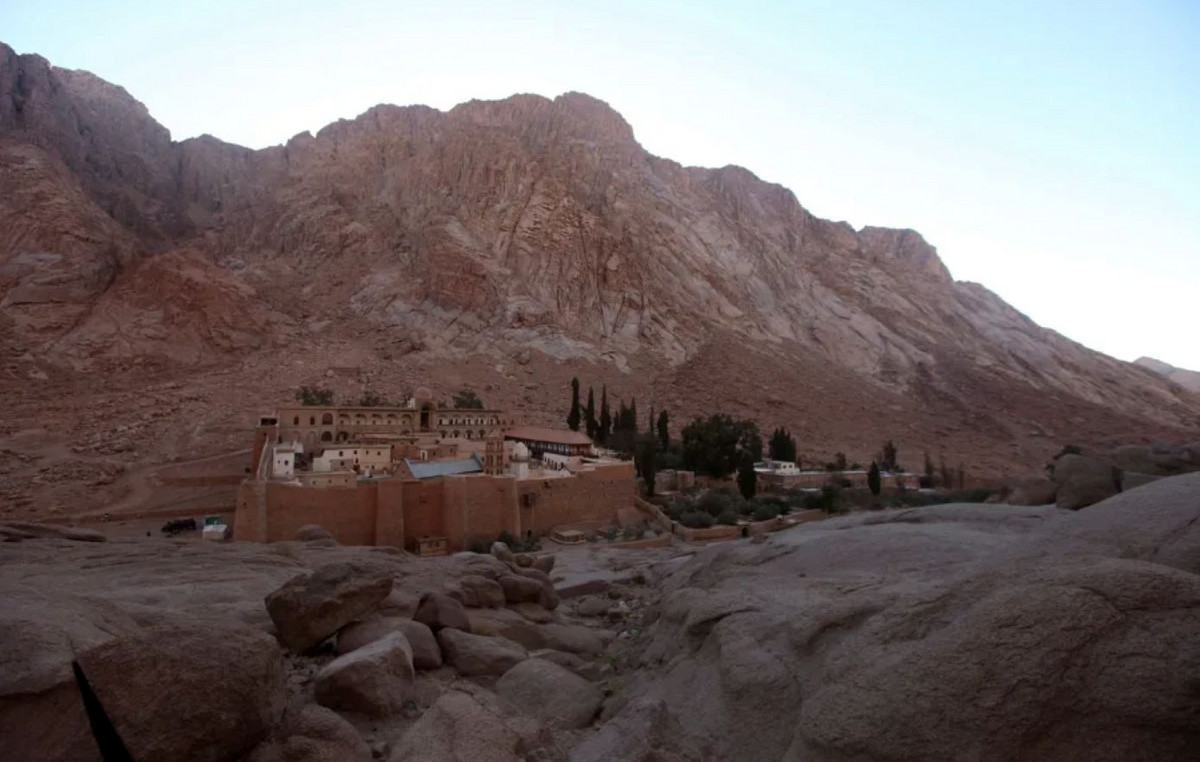Scientists using icebreakers and underwater robots have discovered that the Thwaites Glacier in Antarctica is melting at an accelerating rate and may be on an irreversible path to collapse, which could cause a catastrophic rise in global sea levels.
Since 2018, a team of scientists that forms the Thwaites Glacier International Collaboration has been closely studying this glacier — often nicknamed the “Doomsday Glacier” — to better understand how and when it might collapse.
Their findings, presented in a collection of studies, offer the clearest picture yet of this complex and ever-changing glacier. The picture is “grim,” the scientists said in a report published Thursday, revealing key findings from their six years of research.
They found that rapid ice loss is set to accelerate this century. Thwaites’ retreat has accelerated considerably over the past 30 years, said Rob Larter, a marine geophysicist with the British Antarctic Survey and part of the ITGC team.
“Our findings indicate that it is poised to retreat even further and faster,” he said.
Scientists project that the Thwaites Glacier and the Antarctic ice sheet could collapse within 200 years, which would have devastating consequences.
Thwaites holds enough water to raise sea levels by more than 2 feet. But because it also acts as a stopper, holding together the vast Antarctic ice sheet, its collapse could ultimately lead to a sea level rise of about 10 feet, devastating coastal communities from Miami and London to Bangladesh and the Pacific islands.
Scientists have long known that Thwaites, about the size of Florida, was vulnerable, in part because of its geography. The land it sits on slopes downward, meaning that as it melts, more ice is exposed to relatively warm ocean water.
However, little was previously known about the mechanisms behind its retreat. “Antarctica remains the biggest unknown for understanding and predicting future sea level rise,” ITGC scientists said in a statement.
Over the past six years, a variety of experiments by scientists have sought to bring more clarity.
They sent a torpedo-shaped robot called Icefin to the Thwaites baseline, the point where ice rises from the seafloor and begins to float, a critical point of vulnerability.

The first footage of Icefin swimming to the baseline was emotional, said Kiya Riverman, a glaciologist at the University of Portland. “For glaciologists, I think it had the emotional impact that maybe the moon landing had for the rest of society,” she said at a press conference.
“It was a big event. We were seeing this place for the first time.”
Using images sent back by Icefin, they discovered that the glacier is melting in unexpected ways, with warm ocean water able to seep through deep cracks and “ladder” formations in the ice.
Another study used satellite and GPS data to analyze the impacts of the tides and found that seawater was able to penetrate more than 9 kilometers beneath Thwaites, pushing warm water beneath the ice and causing rapid melting.
More scientists have investigated Thwaites’ history. A team including Julia Wellner, a professor at the University of Houston, analyzed marine sediment cores to reconstruct the glacier’s past and found that it began retreating rapidly in the 1940s, likely triggered by a very strong El Niño event — a natural climate fluctuation that tends to have a warming impact.
These results “teach us broadly about the behavior of ice, adding more detail than just looking at modern ice,” Wellner told CNN .
Amid the bleak outlook, there was also some good news about a process that scientists fear could cause rapid melting.
There is concern that if the Thwaites ice shelves collapse, it would expose high ice cliffs in the ocean. These high cliffs could easily become unstable and collapse into the ocean, exposing even higher cliffs behind them, with the process repeating indefinitely.
However, computer modeling has shown that while this phenomenon is real, the chances of it happening are lower than previously feared.
That doesn’t mean Thwaites is safe.
Scientists predict that the entire Thwaites and the Antarctic ice sheet behind it could disappear by the 23rd century. Even if humans stop burning fossil fuels quickly — which they aren’t — it may be too late to save it.
Although this phase of the ITGC project is coming to an end, scientists say much more research is still needed to understand this complex glacier and determine whether its retreat is now irreversible.
“While there has been progress, we still have great uncertainty about the future,” said Eric Rignot, a glaciologist at the University of California, Irvine, and part of the ITGC. “I remain very concerned that this sector of Antarctica is already in a state of collapse.”
See also: Ocean warming could trigger glacier collapse
Scientists are trying to produce energy from seaweed; understand
This content was originally published in Scientists discover potential catastrophe beneath the “Doomsday Glacier” on the CNN Brasil website.
Source: CNN Brasil
Charles Grill is a tech-savvy writer with over 3 years of experience in the field. He writes on a variety of technology-related topics and has a strong focus on the latest advancements in the industry. He is connected with several online news websites and is currently contributing to a technology-focused platform.







